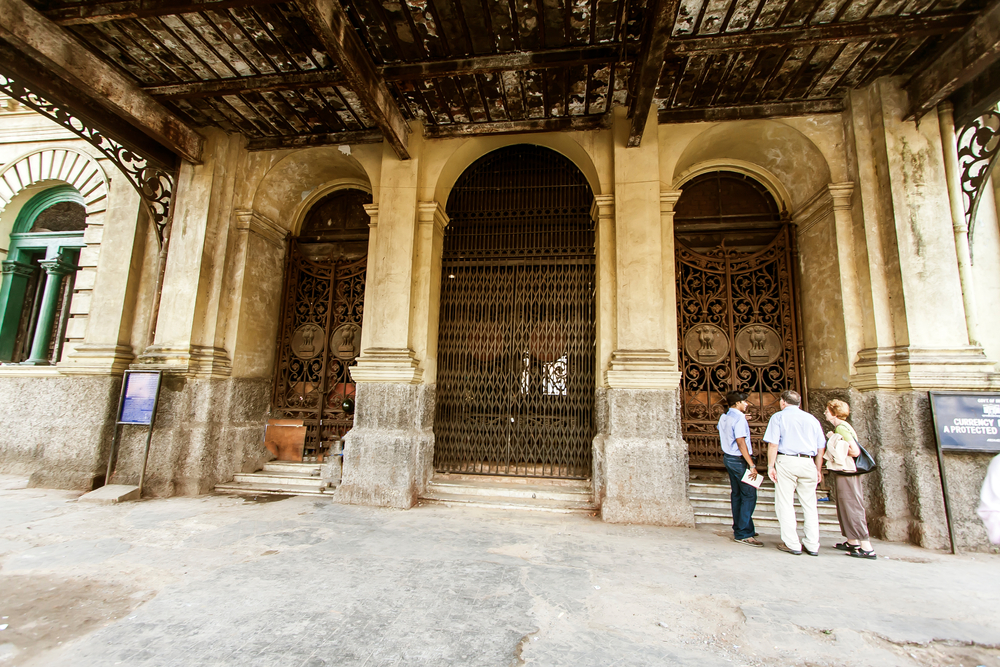Years ago, when we had returned to Calcutta after a tenure in another city, I was given an assignment: to look at the City of Joy through the eyes of a visitor. Packed into a “tourist bus” at 8 am, we went from one landmark to another all day, in a hop out-hop in drill. It made me wonder whether places of religious interest, museums and zoos were the only travel denominators — most cities around the globe proffer them as the ultimate leveller to know a place and its people.
With the nationwide lockdown in its second month, the Birla Industrial and Technological Museum and the Museum of Modern Art, Calcutta have opted for interactive or competitive pastimes for youngsters. My interest in such depositories of objects of historical, scientific, artistic or cultural interest was fuelled by an anthropologist uncle who, as director of the Indian Museum in Calcutta and the National Museum in Delhi, made me watch documentaries on tribes and civilizations ever since I was in school. But while I miss the museum visits, it is the art galleries that draw viewers for a more personal experience.
Just before the threat of Covid-19 metamorphosed into transport paralysis, I had ventured into the Old Currency Building at BBD Bagh to check out the Ghare Baire — The World, The Home and Beyond: 18th-20th Century Art in Bengal exhibition. Curated by the Delhi Art Gallery, it was sectioned into 12 broad categories, showcasing over 600 artworks, the majority from the DAG collection and 19 prominent works from the National Gallery of Modern Art, Delhi.
The Archaeological Survey of India needs to be commended on restoring the heritage building, once in a shambles, into an incredible art space. Although wanting in the area of lighting, some missing labels, and editing (even the untrained eye catches spelling errors, especially in Bengali, although some have since been rectified, I am told), the extent of art on display takes a good two days to cover, because Bengal’s contribution to Indian art goes back three centuries. On entering the cool Italianate-style interiors on a blisteringly hot afternoon, I let myself be impressed with the restoration work on the building before my rendezvous with the doyens of the Bengal School of Art.
The exhibition (now extended beyond April) weaves its way across three floors with an overwhelming presence of security guards who are inclined to intrude into the experience of studying the paintings, photographs and sculptures. With enough mounted cameras, surely the visitors did not need a uniformed and uninformed presence breathing down their necks! In the room exhibiting Chittaprosad’s linocuts on rice paper, I was delighted to see a university friend, an art connoisseur. We were discussing the intricacies of the artist’s work when the sentry asked us to remain silent. It was as sombre a clampdown as revisiting Bengal’s famine of 1943-44.
Covid-19 and the subsequent global lockdown has already spawned enough material by way of photographs, art, writing and cartoons to merit another exhibition in the coming days. The wealth of documentation has resulted in online journals, websites and crowd-sourced projects to digitally collect people’s reactions to this unprecedented scenario that has befallen the world. A friend in El Paso has created a space to archive thoughts and ideas on how we are dealing with this unique period. The University of Wisconsin-Madison Archives has invited recollections of how students are experiencing the ongoing situation through digital journal and diary entries, emails, photographs, videos, voice memos and audio recordings, digital art and other memoirs of how the campus community has been affected.
Given this momentum, will the ASI please consider transforming any crumbling heritage structure in the City of Joy to catalyse a repository of lockdown recollections?











